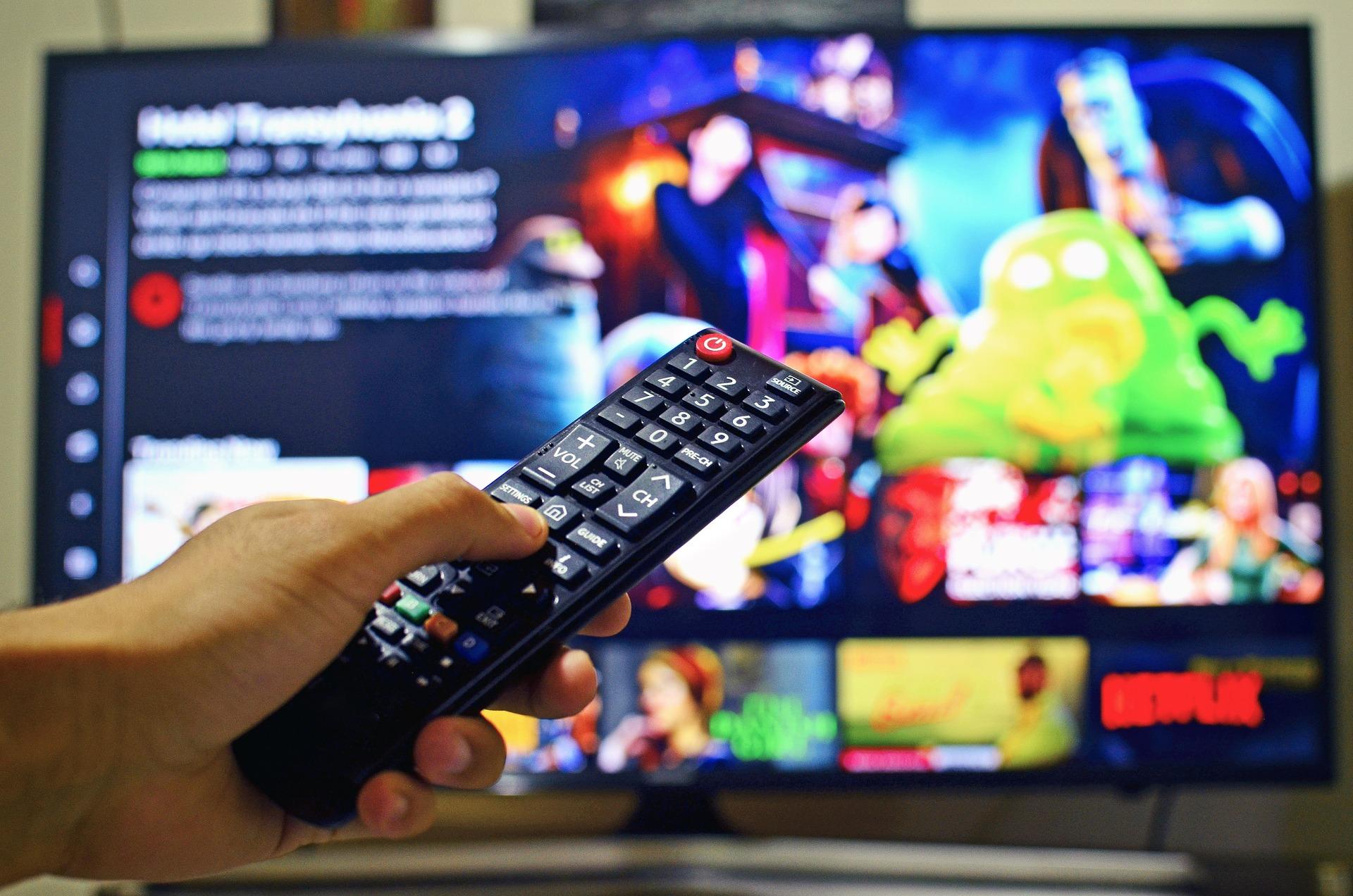 Buying a Flat Screen Monitor
Buying a Flat Screen Monitor
Are you searching for a new monitor but feeling overwhelmed by the sheer number of options available? If yes, we can help you find the right monitor for your requirements.
With technology rapidly advancing, there are many features to consider when purchasing, such as resolution, refresh rate, and panel type. This guide will take you through everything you need to know to make an informed decision that fits your needs and budget.
From finding the perfect size to understanding the difference between LED and LCD, we’ve got all the tips and tricks to help you make the right choice. So whether you’re a graphic designer, a gamer, or simply need a new monitor for work or play, read on to discover our top tips for buying a flat-screen monitor.
7 Tips for Buying a Flat Screen Monitor
Flat-screen monitors can be great for improving your productivity. However, for higher productivity, you must find internet provider or adt products offering a reliable internet connection and a flat-screen monitor that ticks all the boxes.
To buy an ideal monitor, you can follow these useful tips:
Consider the Size of the Monitor
When Buying a Flat Screen Monitor, size is one of the most important factors. Choosing the right size will ensure you have enough screen space to use your Internet connection for work. This will also impact your viewing experience.
Those who require more space for work or gaming should opt for larger models, while those looking for a more compact monitor may need a smaller option. The ideal size will depend on what you are using the monitor for and your preferences, so do adequate research before making a purchase.
Consider Your Work
Before buying a flat screen monitor, consider your specific needs and purpose. If you use your screen to utilize your wind stream internet prices, you should choose a large monitor. That’s because it can improve your productivity, make multitasking easier, and deliver a great televisual experience.
Moreover, it will make using programs or working with complex documents more convenient. On the other hand, if you are looking for a monitor mostly used for browsing and streaming, selecting a smaller model may be more suitable.
Determine the Resolution
Resolution is another important factor to consider when shopping for a flat-screen monitor. Resolution refers to the number of pixels on the screen, which affects the clarity and sharpness of an image.
For those looking for general use, selecting a Full HD 1920X1080 resolution can be ideal. In contrast, those wanting better visual performance for gaming or graphic design should opt for Quad HD 2560×1440 or even 4K Ultra HD 3840×2160 resolutions.
Researching your desired resolution capabilities will ensure you get the most out of your TDS Telecom internet connection and monitor setup.
Look at the Refresh Rate
The monitor’s refresh rate is another important factor that should not be overlooked when purchasing a flat-screen monitor. Refresh rate refers to how often the screen updates with new images, with a higher refresh rate resulting in smoother motion and less motion blur.
Most monitors come with a standard 60 Hz refresh rate, suitable for general use. Gamers and those seeking better performance may opt for higher refresh rates, such as 120 Hz or 144 Hz and above, for a smoother experience. This will provide smoother motion and maximize your internet connection performance. Consequently, buying a flat screen monitor, without considering above factors is a Crime!
Choose the Right Panel Type
Choosing the right panel type is a key consideration when purchasing a flat-screen monitor. There are three primary types of panel technology used in flat screen monitors such as TN (Twisted Nematic), IPS (In-Plane Switching), and VA (Vertical Alignment).
Each type has its benefits and drawbacks, so it’s important to research depending on what you’re using your monitor for. TN panels offer fast response times for general use but have poor color accuracy. At the same time, IPS might be suitable for graphic design but with slower response time.
Check Connectivity Options
Buying a flat screen monitor also requires consideration of the connectivity options available. HDMI is the most common type of connection and offers better support for higher resolutions. This feature makes it highly suitable for general use, including gaming or streaming.
However, for graphic design or gaming, those may want to look into DisplayPort connection, which can provide higher bandwidth and better support for higher refresh rates. VGA, an older connection type, offers lower quality and resolution. However, it can still be suitable in certain circumstances, depending on your specific setup.
Consider Your Budget
When buying a flat screen monitor, it’s essential to factor in your budget. Prices can vary significantly depending on the monitor’s size, resolution, and features.
Those with a strict budget may opt for budget models offering basic features and lower resolution, typically costing around $100 – $200. If you want something more, you should find great options between $200 – $500. This offers a balance of features and price. Moreover, high-end models with features like ultra HD resolutions and faster refresh rates typically come with a higher price tag, often exceeding $500 or more
Final Thoughts
When shopping for a flat-screen monitor, it’s important to consider factors such as size, resolution, refresh rate, panel type, connectivity options, and budget.
By following these tips, you can make an informed decision and find the perfect monitor for your needs. Remember to consider your specific needs and budget when choosing a monitor. please don’t be afraid to ask for recommendations or advice from experts.
 Buying a Flat Screen Monitor
Buying a Flat Screen Monitor





0 Comments